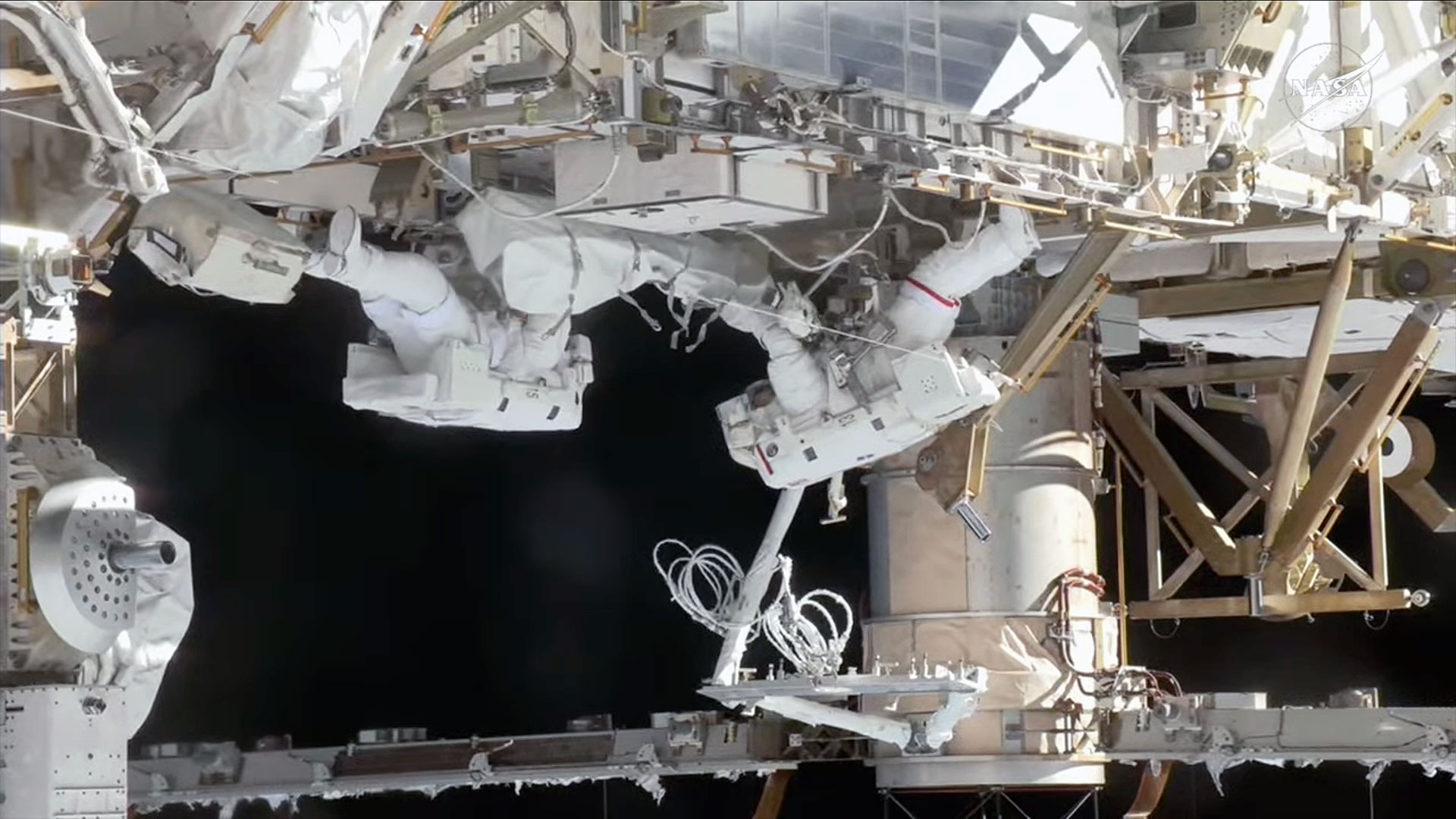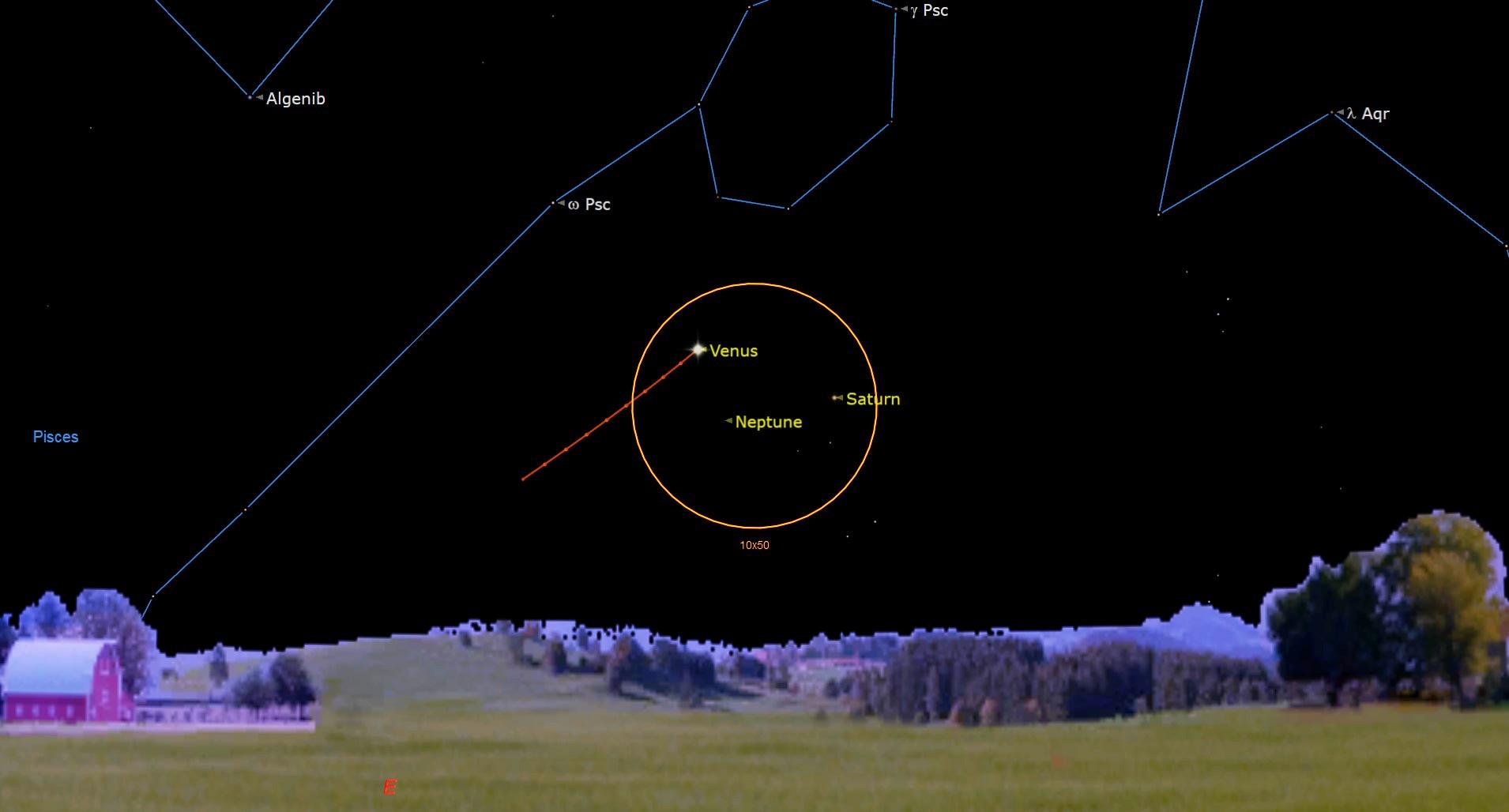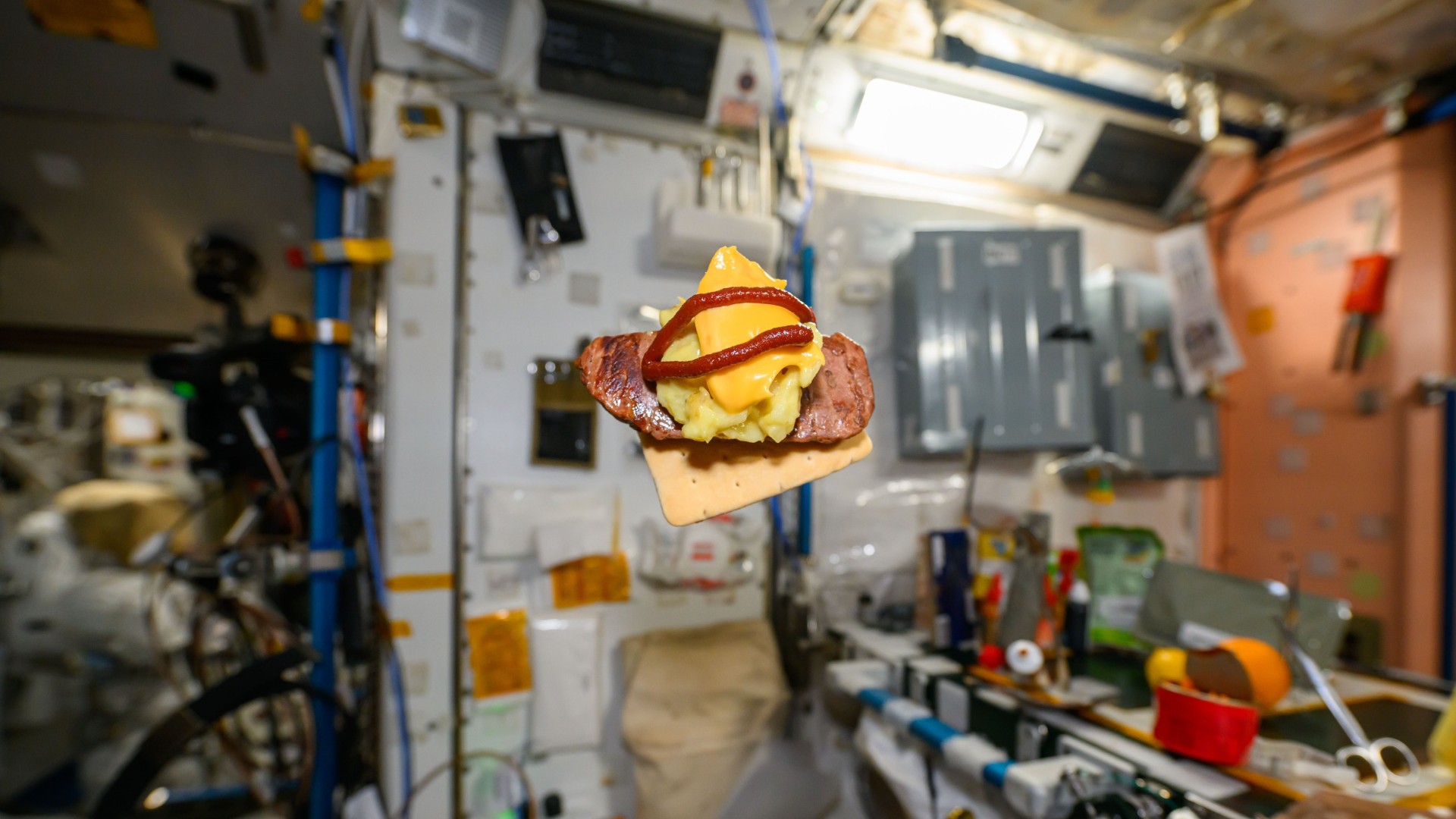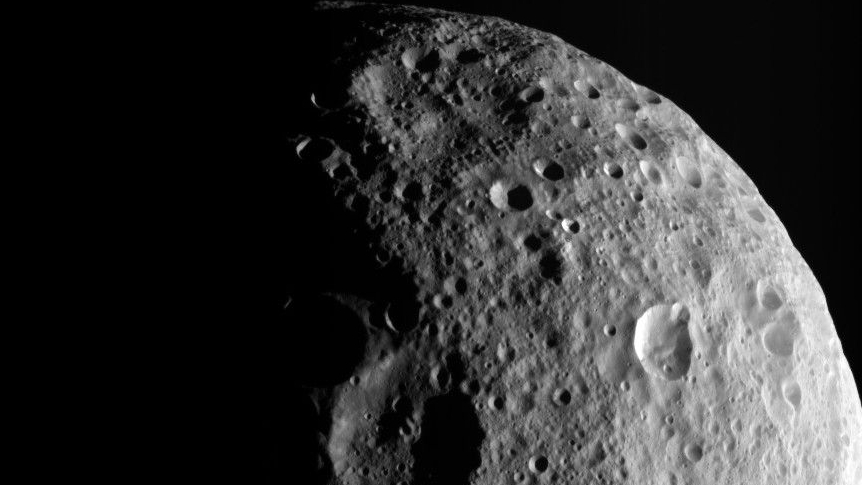NASA's Mars helicopter Ingenuity is ready to make its first flight attempt Monday
The first images could come at 6:15 am EDT (1015 GMT).
Update for April 19: Ingenuity successfully made its first flight on Mars. Read the full story here.
The big day finally here for the team behind NASA's Mars helicopter Ingenuity, who've spent six years developing the first aircraft to fly on the Red Planet.
On Monday (April 19), the ultra-lightweight robot will try taking off into the Martian sky and if it succeeds, this maneuver will be the first powered, controlled flight on another planet. Ingenuity is scheduled to take off at 3:30 a.m. EDT (0730 GMT) on Monday, but its flight controllers are wary.
If Ingenuity makes it off the Martian ground, NASA will broadcast a livestream of the first test flight data as it reaches Ingenuity's mission team at the Jet Propulsion Laboratory (JPL) in California. That livestream starts at 6:15 a.m. EDT (1015 a.m. PDT) on Monday. You can watch that webcast here and on the Space.com homepage, as well as directly from NASA TV.
Related: How to watch the Mars helicopter Ingenuity's first flight online
"Our team considers Monday’s attempted first flight like a rocket launch: We’re doing everything we can to make it a success, but we also know that we may have to scrub and try again," said MiMi Aung, Ingenuity project manager at JPL, wrote in a NASA blog post Saturday (April 17). "In engineering, there is always uncertainty, but this is what makes working on advanced technology so exciting and rewarding."
Monday's flight will mark the second time NASA has been poised to fly Ingenuity on Mars. The Mars helicopter's first flight attempt on April 11 was delayed by a timing glitch in its systems, which mission engineers have addressed.
Get the Space.com Newsletter
Breaking space news, the latest updates on rocket launches, skywatching events and more!
Ingenuity's first Mars flight nears
Join our forums here to discuss the Perseverance rover and Ingenuity helicopter on Mars. What do you hope they find?
The $85 million Ingenuity will try lifting off from the ground around midday Mars time when NASA says the winds in the area are expected to be at their lightest. Ingenuity will start ascending to a height of about 10 feet (3 meters). It will hover for about 20 seconds, then descend at about 3 feet per second (1 m/s) until it lands back onto Jezero Crater.
NASA's Perseverance rover will act as the communications intermediary between the helicopter, orbiting spacecraft assisting the flight, and mission control. The rover will be an active observer as well by taking photos and video of this first flight at a distance of 330 feet (100 meters) away from Ingenuity's airfield.
Today the downlink team will be watching carefully as the information is relayed from the rover through NASA's Mars Reconnaissance Orbiter (MRO) back to Earth, Tim Canham, Ingenuity operations lead at NASA's Jet Propulsion Laboratory (JPL), said during an April 9 press conference ahead of the first flight attempt.
Related: Watch NASA's Mars helicopter Ingenuity test its blades! (video)

The first thing they'll do is verify they got the data correctly, and then the information is looked over for evidence that Ingenuity ascended, hovered and landed. They'll confirm these findings with altimeter data to then know for certain whether or not the flight occurred.
On Monday, the team will also get a look at black-and-white navigation photos taken by the 0.5 megapixel downward-facing camera on the bottom of the Ingenuity's fuselage, according to Canham. Other images, like the color views coming from Perseverance, will likely be downlinked later. Ingenuity is also equipped with a one-color 13 megapixel horizon-facing terrain camera, but it's not yet clear when those will be available to the public.
Related: These selfies of NASA's Mars helicopter with Perseverance are just amazing
Preparations and challenges
"Up until now, we have been talking to Ingenuity every day since Ingenuity was dropped perfectly by the Perseverance rover to the surface," Aung said in the April 9 press conference.
Aung added that the chopper's energy profile, thermal models, and rotor operating speeds all look great, and that its sensors have been turned on. All is ready to go for a potentially historic operation. "We will test, prove, and learn regardless of the outcome in this first attempt," Aung said.
That approach proved handy when Ingenuity suffered a glitch with a "watchdog" timer during final tests for its first flight attempt on April 11. The issue forced NASA to stand down from the flight attempt while engineers came up with a software fix. In fact, they came up with two.
"If our initial approach to flight does not work, the rover will send the new flight control software to the helicopter," Aung wrote Saturday. "We will then require several additional days of preparation to load and test the new software on Ingenuity, redo the rotor tests in this new configuration, and recycle for a first flight attempt."
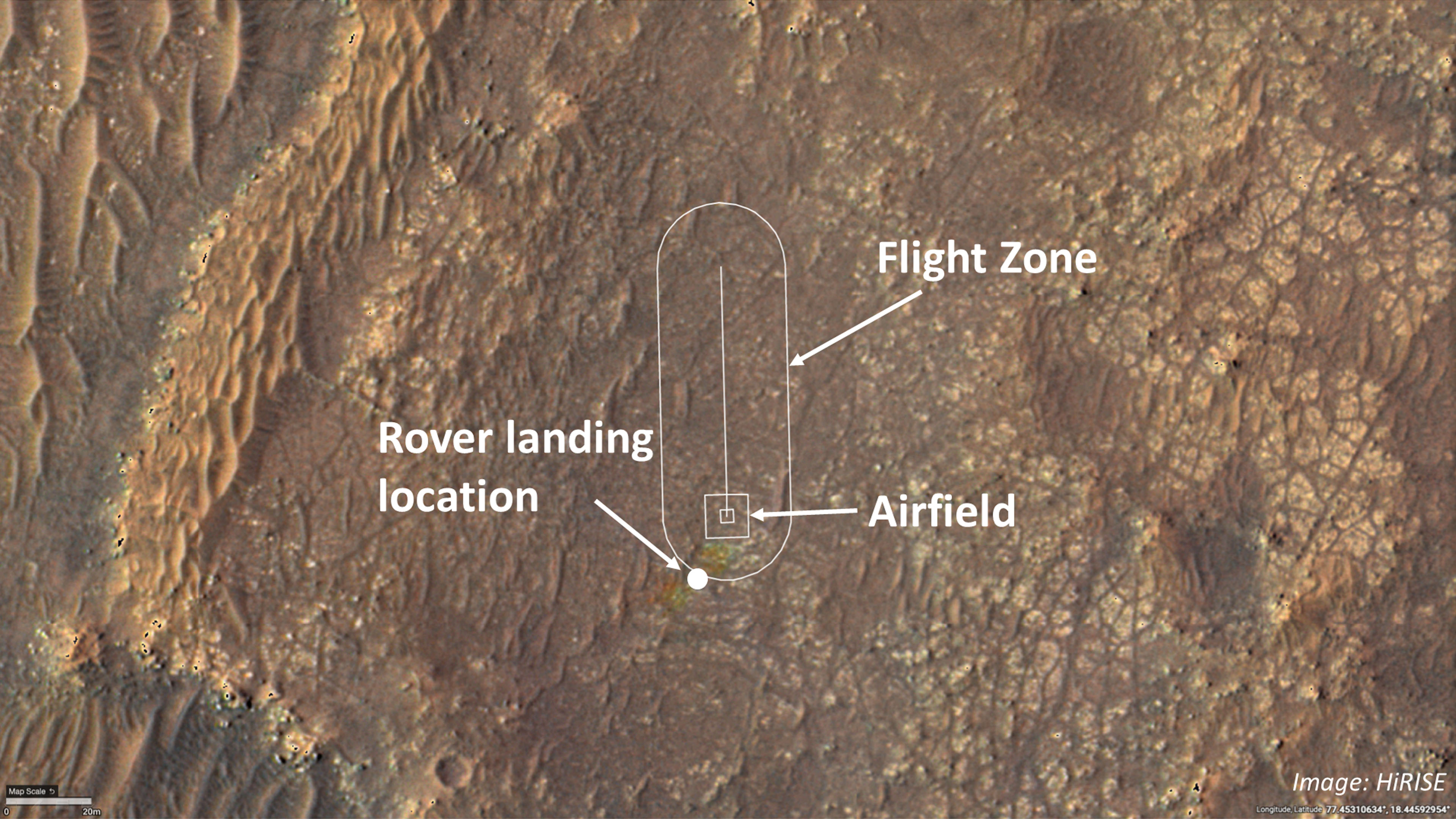
Flying on Mars is no simple feat. The Red Planet's atmosphere is very different from the one cloaking Earth.
"It's very difficult to fly on Mars," Amelia Quon, Ingenuity chamber test engineer at JPL, explained during the April 9 press conference. "The main reason is that the atmosphere is very, very thin. It's about one percent of the density of the atmosphere at [Earth's] sea level. That's the equivalent of about 100,000 feet of altitude on Earth, or three times the height of Mount Everest. We don't generally fly things that high. Commercial airliners fly at about 35,000 feet; the Earth record for helicopter altitude at about 41,000 feet … Mars has a thinner atmosphere than Earth, but that's not really enough to counteract the effects of that thin atmosphere."
Ingenuity's first flight is a short and simple tech demonstration with many implications. If it flies, the helicopter would demonstrate that engineers can successfully build spacecraft to fly under the atmospheric conditions of an alien world that they've never experienced first hand. The demonstration would also show it's possible to command a vehicle to fly from a control center that's based on an entirely different planet. This could also be the first in a long line of flying interplanetary successors, too.
Visit Space.com Monday for complete coverage of the Mars Helicopter Ingenuity's first flight on the Red Planet.
Follow Doris Elin Urrutia on Twitter @salazar_elin. Follow us on Twitter @Spacedotcom and on Facebook.
Join our Space Forums to keep talking space on the latest missions, night sky and more! And if you have a news tip, correction or comment, let us know at: community@space.com.

Doris is a science journalist and Space.com contributor. She received a B.A. in Sociology and Communications at Fordham University in New York City. Her first work was published in collaboration with London Mining Network, where her love of science writing was born. Her passion for astronomy started as a kid when she helped her sister build a model solar system in the Bronx. She got her first shot at astronomy writing as a Space.com editorial intern and continues to write about all things cosmic for the website. Doris has also written about microscopic plant life for Scientific American’s website and about whale calls for their print magazine. She has also written about ancient humans for Inverse, with stories ranging from how to recreate Pompeii’s cuisine to how to map the Polynesian expansion through genomics. She currently shares her home with two rabbits. Follow her on twitter at @salazar_elin.
